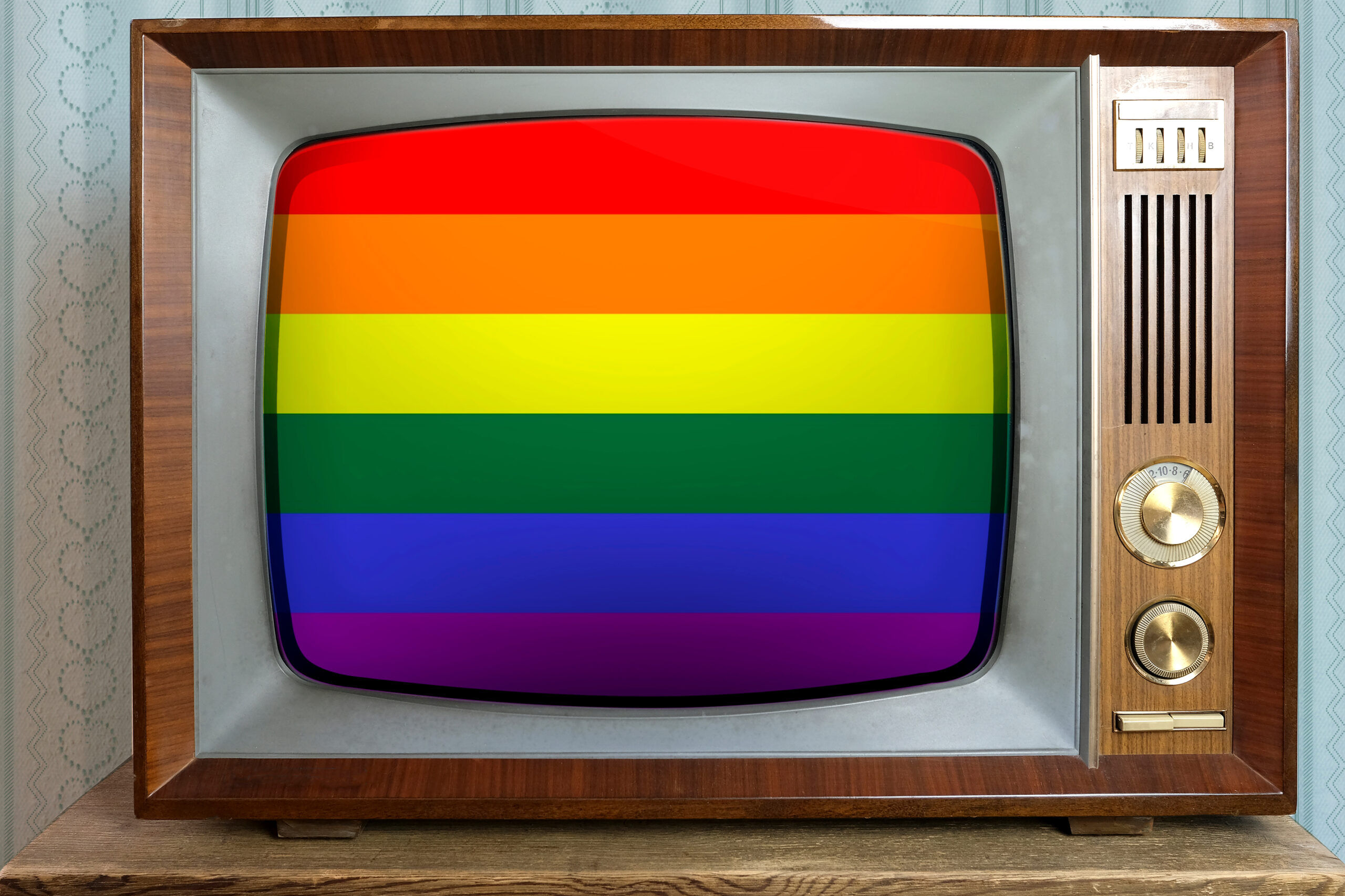New research on LGBTQ+ people in TV ads shows many interesting findings, one of them being the lack of queer and trans people in them.
Media advocacy organization GLAAD released its 2023 Advertising Visibility Index on Tuesday and the inaugural report measured LGBTQ+ visibility in ads and consumer perceptions of inclusion. Unfortunately, it’s not great news: the report shows that LGBTQ+ visibility is missing in the ad department altogether.
According to the report, out of 436 ads on television from the top 10 largest advertisers, LGBTQ+ folks received a dismal 1.42% of screen time and were only featured in 3% of the ads. Additionally, the report concluded that LGBTQ+ representation in these said ads was deemed insufficient representation of the community by GLAAD. Sixty-six percent of Americans think that advertisers have a responsibility to provide better LGBTQ+ representation within their content. Still, even if consumers pushed for advertisers to provide more queer representation within ads, there’s another issue to reckon with: consumers not perceiving LGBTQ+ inclusion within these ads.
Sixty-four percent of consumers believe that LGBTQ+ representation in ads is pretty explicit. However, during the 2023 Super Bowl, the premiere American sporting event that is widely known for its corporate sponsorships and ads, only 40% of consumers noticed LGBTQ+ representation. Even though ad-heavy televised events are lacking in LGBTQ+ representation, 80% of straight, cisgender consumers and 88% of LGBTQ+ consumers agree that brands should make efforts to create holistic representation for queer people.
Related:
Bud Light Has Always Been Super Queer, Actually
Spuds Mackenzie was trans too. We can prove it.
Given what we’ve seen with Bud Light and Target, better LGBTQ+ representation in ads seems far away. While the incidents connected to these brands aren’t specifically about ads, it points out that queer people aren’t seen as a priority to these brands.
In April, trans TikTok star Dylan Mulvaney collaborated with Anheuser-Busch, owner of Bud Light, to promote the beer brand’s “Easy Carry Contest” in a sponsored video on Instagram. Also, to celebrate her one-year anniversary of her transition, the company sent her a can of Bud Light with her face on it and with the phrase “Cheers to 365 Days of Being a Woman,” referring to her “Days of Girlhood” series. The video sparked right-wing furor on social media, with conservatives shooting cases of the popular beer and pouring it on video. Mulvaney called out the controversy in a video on Instagram, but when Anheuser-Busch weighed in on the controversy, they didn’t directly address any of the issues and showed no support to Mulvaney in their statement.
As for Target, the well-known retailer introduced its annual Pride month merchandise, per usual. However, conservatives flocked to Target filming themselves ranting about the Pride items. Other opponents accused the retailer of “grooming” children with “woke” ideology, Consequently, Target employees and partners, like the employees from the nonprofit GLSEN, have been harassed by conservatives. Target’s disappointing response has been to remove different Pride merchandise from their stores.
Though neither of these instances is directly about ad marketing, they do illustrate that brands welcome LGBTQ+ dollars, until it becomes politically unpopular. When corporations try to connect with LGBTQ+ consumers via promotion, they buckle under conservative pressure. That sends a louder message than the lack of queer representation in ads, one that doesn’t actually support the LGBTQ+ community. With GLAAD’s latest report on invisible queer representation in ads, who knows when this will get better.
Check out GLAAD’s full report here.
Don't forget to share:
Help make sure LGBTQ+ stories are being told...
We can't rely on mainstream media to tell our stories. That's why we don't lock our articles behind a paywall. Will you support our mission with a contribution today?
Cancel anytime · Proudly LGBTQ+ owned and operated
Read More in Entertainment
The Latest on INTO
Subscribe to get a twice-weekly dose of queer news, updates, and insights from the INTO team.
in Your Inbox














